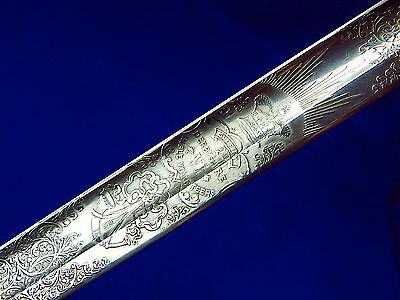Straßen is played on a square board with even spaces not unlike a chessboard. Though there are variations, the most common boards used in the court of Morgstadt from whence the game originates are 7×7 spaces. At the start of the game the board is empty, and in a standard game each player is given 40 common stones and 2 schloss stones.
Starting Play
Players alternate turns throughout the game. You must play on your turn – there is no option to pass. Straßen is played with only orthogonal movement and connection; squares are not connected diagonally and diagonal movement is not possible. On each player’s first turn, they will place one of their stones flat on any empty square of the board. Play then continues with players placing new stones or moving existing stones they control.
On Your Turn
On each turn, you can do one of two things: place a stone on an empty space, or move stones you control.
Placing Stones
On your turn, you can opt to place a stone from your reserve onto any empty square on the board. There are three stone types that can be placed: Flat Stone – The basic stone, laid flat on its face. This is what you use to build your straßen, or road. Standing Stone – The basic stone, but standing on an edge. Also called a wall. This does not count as part of a straßen, but other stones cannot stack on top of it. Schloss Stone – This is the most powerful piece. It, like a flat stone, counts as part of your road. Other stones cannot stack on top of it. The capstone also has the ability to move by itself onto a standing stone and flatten the standing stone into a flat stone. You can flatten both your opponent’s and your own standing stones in this way.
Moving Stones
The other option on your turn is to move stones that you control. If your stone is on the top of a stack, you control that entire stack. All three stone types (flat, standing, and schloss) can be moved, and moving is the only way to create stacks. There is no limit to how tall a stack can be. When moving stacks of stones, you cannot move more than 7 stones.
Stack Moves
Pick up any number of stones up to 7. Do not change the order of these stones. Move in a straight line in the direction of your choice – no diagonals and no changing direction. You must drop at least one stone from the bottom of the stack in your hand on each square you move over. You do not need to leave a stone in that stack’s starting space. You may not jump over walls or schloss stones. The schloss stone, if on the stack, may drop by itself onto a standing stone at the end of a move to flatten it.
Winning
The object of Straßen is to connect any two opposite edges of the board with your flat stones and schloss stone, creating a road. Any square or stack you control can count as part of a road (except ones with walls on them), but stones in a stack controlled by the other player do not. A road does not have to be a straight line; it can zig-zag across the board as long as all squares in the road are adjacent, not diagonal. If a player makes a single move that creates a road for both players, then the player who made the move wins. In the event that neither player creates a road and the board is either completely filled (no empty squares) or one of the players places their last piece, a secondary win condition comes into effect. When either of those cases is met, the game immediately ends and the winner is determined by counting who has more flat stones controlling the board. Only flat stones on the top of stacks or solely occupying a square are counted. The player with the higher flat count wins. A tie in the count results in a tie game.
Etiquette & Variants
As this game has been declared by many to be the Game of Kings, proper manners whilst playing have become an integral part of the game. That said, what constitutes good manners varies based upon the context of the game, and some variations have become standard for different rules sets.
The most commonly used etiquette is what is known as Court Manners, a style of play that is intimate and deferential, and is most closely associated with the game in its standard 7×7 variation. When threatening a road win on the next move, you must declare “Straßen”. Undoing your moves is both permissible and acceptable.
There is a variation of the game popular with the underclasses for its ease of transport played on a 5×5 board with 21 stones and one schloss per player, commonly known as Tavern Manners Straßen or derisively as “The Game of Merchants”. It’s a rowdier game than one played with Court Manners, and is prone to spectators, boasting, and betting. The goal is to win at any cost; as such declaring “Straßen” is considered to be against the spirit of the game, and taking back moves is not allowed.
A less common variant is known as Mage’s Manners Straßen, and originates from the halls of the Infragilis Vigilo in Scrow. Played on an 8×8 board with 50 stones and two schloss to a player, with the goal being to prove one’s cleverness and foresight. Moves can be taken back, but asking to do so means admitting a mistake. “Straßen” isn’t called; rather, when a player completes a road through an oversight of another player, it counts as a win, but the move is then taken back and the game continues. The player who wins three times first, or else orchestrates and inescapable win, is the one considered to have properly won the match.
A simple variant rule that can apply to any game variant is known as the Peasant’s Rule, which states “A player may not play their schloss stone until an opponent has played a wall or a schloss stone”. Though simple, this variant creates a clear delineation between two phases of gameplay: one where only flat stones may be played, and a second phase where anything goes. This variant rule is growing in popularity, as it grants the early game a unique flavor, opens the door for interesting strategy as to when one might wish to place the first wall, and leads to a dramatic ramping of tension throughout the game.

